What are NFTs ?
Everything you need to know about how NFTs work.
An NFT: Definition
You may have heard of NFTs. Literally "non-fungible token", "non-fungible taken" in English, these are virtual property certificates. In concrete terms, these securities guarantee the exclusive ownership of a digital asset, such as a work of art, a video game or even a tweet. With this forgery-proof digital certificate, the buyer can attest to the authenticity of the virtual object acquired. First introduced in 2018, NFTs have developed and grown rapidly since 2021. The projects around NFTs are developing and many brands are interested in them: Adidas, Nike, Coca Cola, Instagram, Time, Pepsi... and even personalities such as Snoop Dog, Eminem or Booba.
Futuristic technology
As each NFT is unique, identifiable and rare, they are non-interchangeable digital and cryptographic objects. As a reminder, a so-called fungible asset is not unique and therefore interchangeable with a similar asset. Euro coins are the most telling example. Each coin is not unique and can therefore be exchanged for a euro coin of the same value. Conversely, NFTs are non-fungible assets, which is why they are unique and identifiable.
The development of NFTs appears to be a real opportunity for brands. Indeed, they represent a new means of expression to be integrated into their communication strategy. It is a good way, for example, to carry out an impactful and innovative product launch. This new communication tool allows to engage leads through a new experience


Futuristic technology
As each NFT is unique, identifiable and rare, they are non-interchangeable digital and cryptographic objects. As a reminder, a so-called fungible asset is not unique and therefore interchangeable with a similar asset. Euro coins are the most telling example. Each coin is not unique and can therefore be exchanged for a euro coin of the same value. Conversely, NFTs are non-fungible assets, which is why they are unique and identifiable.
The development of NFTs appears to be a real opportunity for brands. Indeed, they represent a new means of expression to be integrated into their communication strategy. It is a good way, for example, to carry out an impactful and innovative product launch. This new communication tool allows to engage leads through a new experience
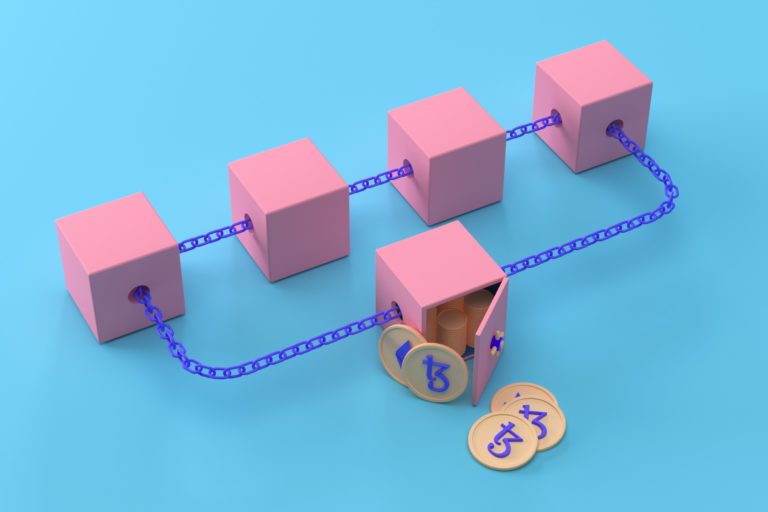
What is a blockchain?
Blockchain is a technology that enables the store and then of transmit information simultaneously, quickly, securely and without a central control body. This totally secure and decentralised database allowsTo easily exchange value online without intermediaries.
Users can then freely consult the exchanges made because it keeps track of thehistory of all operations carried out. The first blockchain appeared in 2009 with the famous digital currency Bitcoin (BTC). There are other blockchains, such as Ethereum, the blockchain most commonly used for NFTs.
What is crypto-currency?
Cryptocurrency is a virtual currency and therefore has no no physical fitness. It is exchanged via the blockchain, which acts as a "central bank". In fact, it records the transactions carried out in a ledger. It is then sufficient to go to a exchange platform to buy a cryptocurrency. Thus, Bitcoin is one of the world's known crypto-currencies. Unlike NFTs, crypto-currencies are fungible or partially fungibleThis means that they are exchangeable. They can thus be replaced and exchanged at equivalence.
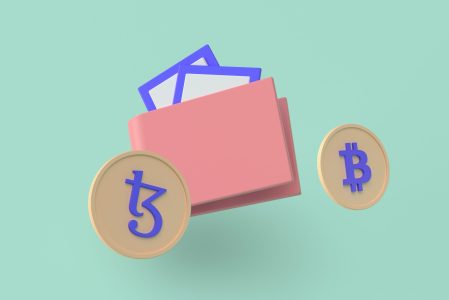

What is crypto-currency?
Cryptocurrency is a virtual currency and therefore has no no physical fitness. It is exchanged via the blockchain, which acts as a "central bank". In fact, it records the transactions carried out in a ledger. It is then sufficient to go to a exchange platform to buy a cryptocurrency. Thus, Bitcoin is one of the world's known crypto-currencies. Unlike NFTs, crypto-currencies are fungible or partially fungibleThis means that they are exchangeable. They can thus be replaced and exchanged at equivalence.
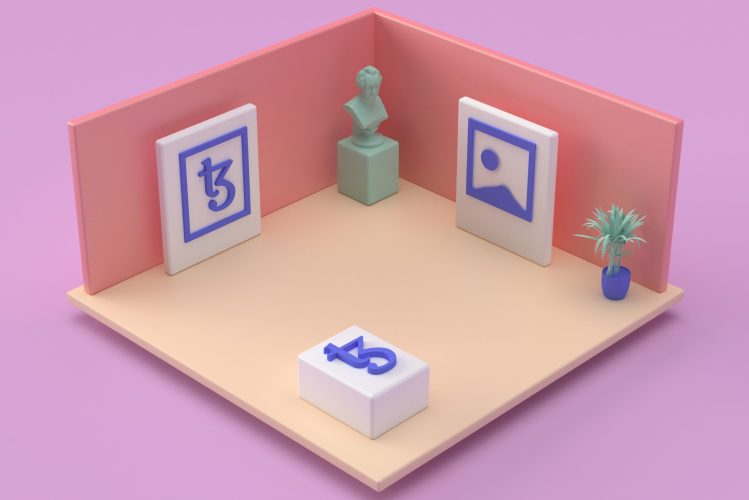
What are NFTs for?
The objective of this technology is therefore toobtaining a certificate of authenticity when purchasing an asset on the Internet. But what are these famous assets to buy with NFTs? Domain names, memes, video game elements, songs, photographs, GIFs, Tweets or even works of art... Many assets can be bought!
L'digital art and collectibles are the most popular items. Above all, NFTs have revolutionised the art world. Indeed, NFTs are revolutionising the perception of art both in terms of the creative process of artists and the acquisition of works by collectors. By combining art with new technologies, the artistic universe is renewed and offers new possibilities. development opportunities.
Many sectors also see NFTs as an opportunity. For example, many sectors also see NFTs as an opportunity, the world of video games lends itself perfectly to the development of NFTs. Indeed, these tokens make elements coveted by players unique, and thus create real speculative bubbles around digital objects inside video games such as Fortnite, Pokémon, Nintendo...
Where can I buy NFTs?
NFTs can be purchased on different platformsMarketplaces dedicated to NFTs. There are different categories and marketplaces such as music names, art, music, photography, sports, trading cards or virtual worlds. Marketplaces are therefore aimed at anyone who wants to acquire, collect, sell NFTs artists, collectors, investors...
But how do these online platforms work and what are their features? Firstly, they are decentralised places thanks to blockchain technology. There is therefore no central authority verifying transactions; control is similar among all users of the system. From a technical point of view, it is necessary to have a Ethereum/Polygon/Klatyn to create an account. On the other hand, these online platforms allow users to buy, collect, sell, and even create the famous cryptographic tokens.
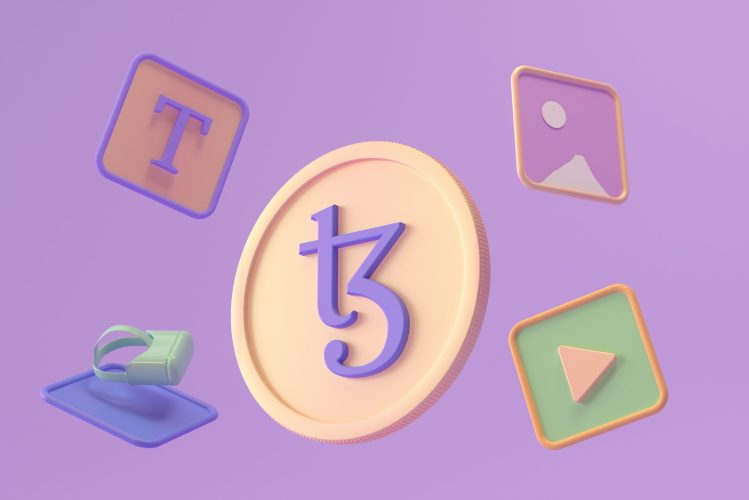

Where can I buy NFTs?
NFTs can be purchased on different platformsMarketplaces dedicated to NFTs. There are different categories and marketplaces such as music names, art, music, photography, sports, trading cards or virtual worlds. Marketplaces are therefore aimed at anyone who wants to acquire, collect, sell NFTs artists, collectors, investors...
But how do these online platforms work and what are their features? Firstly, they are decentralised places thanks to blockchain technology. There is therefore no central authority verifying transactions; control is similar among all users of the system. From a technical point of view, it is necessary to have a Ethereum/Polygon/Klatyn to create an account. On the other hand, these online platforms allow users to buy, collect, sell, and even create the famous cryptographic tokens.
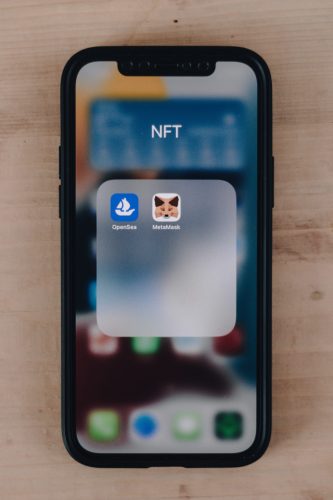
What are the NFT platforms?
The best known NFT marketplaces on the market are OpenSea, Rarible, SuperRare, Nifty Gateway, Foundation and Binance NFT.
Detailed summary of the services offered by 3 of them:
👉🏻 OpenSea is the reference marketplace for NFTs. It is a decentralised platform for buying and selling NFTs listed in different categories. It is the largest, most generalized and popular platform with a wide range of digital works. Intuitive and easy to use, anyone can use the platform by creating a free account and browse the interface to find what they are looking for.
👉🏻 Rarible is one of the oldest NFT platforms. It focuses more on digital art and is available for various sectors such as sports, games, media and of course art with the publication of collections of works.
👉🏻 SuperRare is a very selective marketplace dedicated exclusively to digital art. Indeed, it only accepts recognised artists with a certain reputation. Key figure: only 1% of the applicants are accepted, a significant element of the selection made. Thus, this high-end platform lists exclusive and unique high quality digital artworks.
What are NFT portfolios?
NFTs have become key assets in the crypto world. These tokens are revolutionising many sectors, starting with art, and expanding into other areas to become an asset with significant economic potential. To store your NFTs and crypto-currencies, you need an NFT wallet, also known as an NFT wallet. With this wallet, you can receive assets and buy others. The digital works that you buy or create will therefore be stored in your wallet, in which the location of your NFTs on the blockchain is indicated. In effect, it is not like a physical wallet in which your NFTs will actually be stored. Your wallet will therefore give access to the digital works you own on the blockchain.
But which wallet to use? The NFT wallet market is still developing and growing. To choose the most relevant wallet, look at compatibility with marketplaces, security, ease of use and understanding, possibilities of use on devices or the possibility of having access to different blockchains. Among the wallets used are Metamask, AlphaWallet, Enjin Wallet, Math Wallet, Coinbase or even Coinomi.
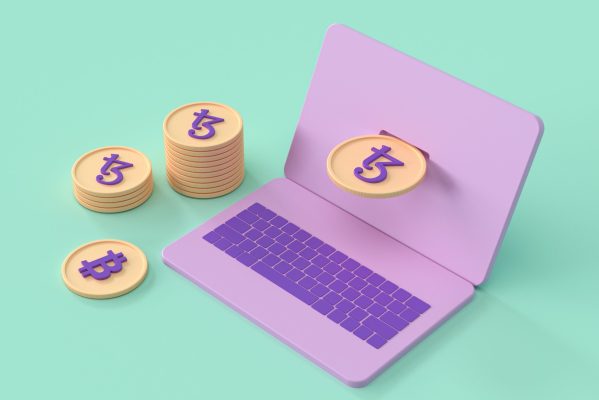

What are NFT portfolios?
NFTs have become key assets in the crypto world. These tokens are revolutionising many sectors, starting with art, and expanding into other areas to become an asset with significant economic potential. To store your NFTs and crypto-currencies, you need an NFT wallet, also known as an NFT wallet. With this wallet, you can receive assets and buy others. The digital works that you buy or create will therefore be stored in your wallet, in which the location of your NFTs on the blockchain is indicated. In effect, it is not like a physical wallet in which your NFTs will actually be stored. Your wallet will therefore give access to the digital works you own on the blockchain.
But which wallet to use? The NFT wallet market is still developing and growing. To choose the most relevant wallet, look at compatibility with marketplaces, security, ease of use and understanding, possibilities of use on devices or the possibility of having access to different blockchains. Among the wallets used are Metamask, AlphaWallet, Enjin Wallet, Math Wallet, Coinbase or even Coinomi.
3 examples of NFT portfolio
Wallet
This NFT wallet is based on the Ethereum platform. It has functions for creating and collecting NFTs. In addition, it directly supports NFT platforms such as ChainZ Arena or OpenSea which are the main platforms for selling, buying and collecting NFTs.
Coinbase
This wallet is ideal for beginners. Its features allow sending and receiving NFTs and help users to manage their Coinbase wallet without difficulty. This wallet is compatible with the majority of crypto-currencies: Litecoin, Bitcoin, Stellar Lumens, Ripple...
What is the link between the metaverse and the NFTs?
As a reminder, the metaverse is a world beyond the world we know. It is an online virtual world, a collective virtual shared space that allows for multiple experiences within different environments and with multiple assets. Users use avatars to communicate within this virtual space. But what does the NFT have to do with the metaverse?
It is possible in the metaverse to invest in order to buy plots and then resell them. When an area is bought, the owner can then develop the organisation of his plot as he wishes by adding paid elements for example and thus create a virtual business. It is in this universe that the NFTs can then be integrated. NFTs are interoperable elements, i.e. they can be traded within the metaverse. They can be sold as digital property via crypto-currencies.
FAQ
Why buy NFTs?
Acquiring a digital asset is linked to the pleasure of owning something unique and, above all, creating scarcity in digital objects that can be duplicated endlessly on the web. The principle of speculation linked to the game of supply and demand is then set in motion. Moreover, NFTs have become a new way of exchanging virtual assets, which is very popular!
How to buy NFTs?
Everyone wants to buy these famous tokens and get their ownership certificate. But how do you go about it? We tell you everything!
Buying NFTs is relatively simple. Just go to the online NFT marketplaces, choose the category and the NFTs you want to buy. There are various platforms such as OpenSea, Rarible, SuperRare, Nifty Gateway, Foundation or Binance NFT. Some of these platforms are generalist and offer multiple NFTs related to art, music and the web for example. On the other hand, some platforms are specialised, such as Foundation, Nifty Gateway or SuperRare, mainly in the field of art. To do so, you just need to download an NFT wallet compatible with the marketplace, add crypto-currency to it and then proceed to purchase via auctions or a fixed price.
How to sell NFTs?
You are a collector, an artist or even an investor and you want to sell NFT? It is very simple!
As a seller, you must have a digital wallet in order to receive crypto-currencies. Then go to the NFT marketplace where you have your collection or where you will import your digital assets. À Note that it is important to select a platform that is suitable for the digital object you wish to sell. All that remains is to define your type of sale, auction or fixed price, and write the presentation sheet for your NFT.
Where can NFTs be used?
NFTs allow the purchase of various digital assets and are also integrated into the metaverse, notably with the "The Sandbox the NFT metaverse. Beyond the revolutionary and immersive experience that it offers, this platform has a real business model developed around NFT. Within this virtual world, creators have the possibility to design games while monetising them thanks to the blockchain.
How do NFTs work?
NFTs work on the basis of two technologies: blockchain and crypto-currency. In concrete terms, NFTs are cryptographic tokens in a blockchain. This technology allows value to be stored and transmitted with optimal security. As NFTs are "non-fungible" tokens, they have a unique identification code on the blockchain. This code includes "smart contracts" computer instructions that identify and define the characteristics of the NFT.
What can be bought with NFTs?
With NFTs, you can buy any digital asset, whether it's an image, text, music, GIFs, tweets, artworks... The range is wide! Art has been the most impactful and popular sector at the launch of NFTs. For example, the artist Beeple made a record-breaking sale with his work "Everydays: The first 5,000 Days" which sold for $69 million. NFTs are therefore renewing the art world but also many other sectors such as fashion, sports, cars...
When did the NFTs appear?
2017 marks the launch of the famous NFTs. This technology is gradually becoming more popular and is being developed on new blockchains. From video games to art, many projects are being created thanks to NFTs. The appearance of online platforms, notably OpenSea in 2017, facilitates the purchase of NFTs by gathering numerous categories and giving visibility to rare and unique digital objects. NFT sales really took off in 2021 and continue to grow, especially with the metaverse combining the physical and virtual worlds.
Can NFTs be copied?
NFTs are unique, identifiable and rare digital assets. Their particularity is that they are not fungible, they are not exchangeable. Moreover, they cannot be copied. Indeed, the title of ownership ensures the exclusivity of the digital work to its buyer.
How to create an NFT?
To create an NFT, you need to start by buying crypto-currencies. Then create a digital wallet and add your crypto-currency to it. Then you just need to connect your wallet (MetaMask, Alpha Wallet, Coinbase...) to the online NFT platform you have selected. All you have to do is upload your previously created graphic design, which can be in PNG, MP4, MP3, GIF format... And that's it!
Who invented the NFT?
Vitalik Buterin is the co-founder of Ethereum. This blockchain was officially launched in 2015 and has become the one mostly used for NFTs. This computer scientist is therefore one of the pioneers of NFTs, their development and the current boom in these digital tokens.